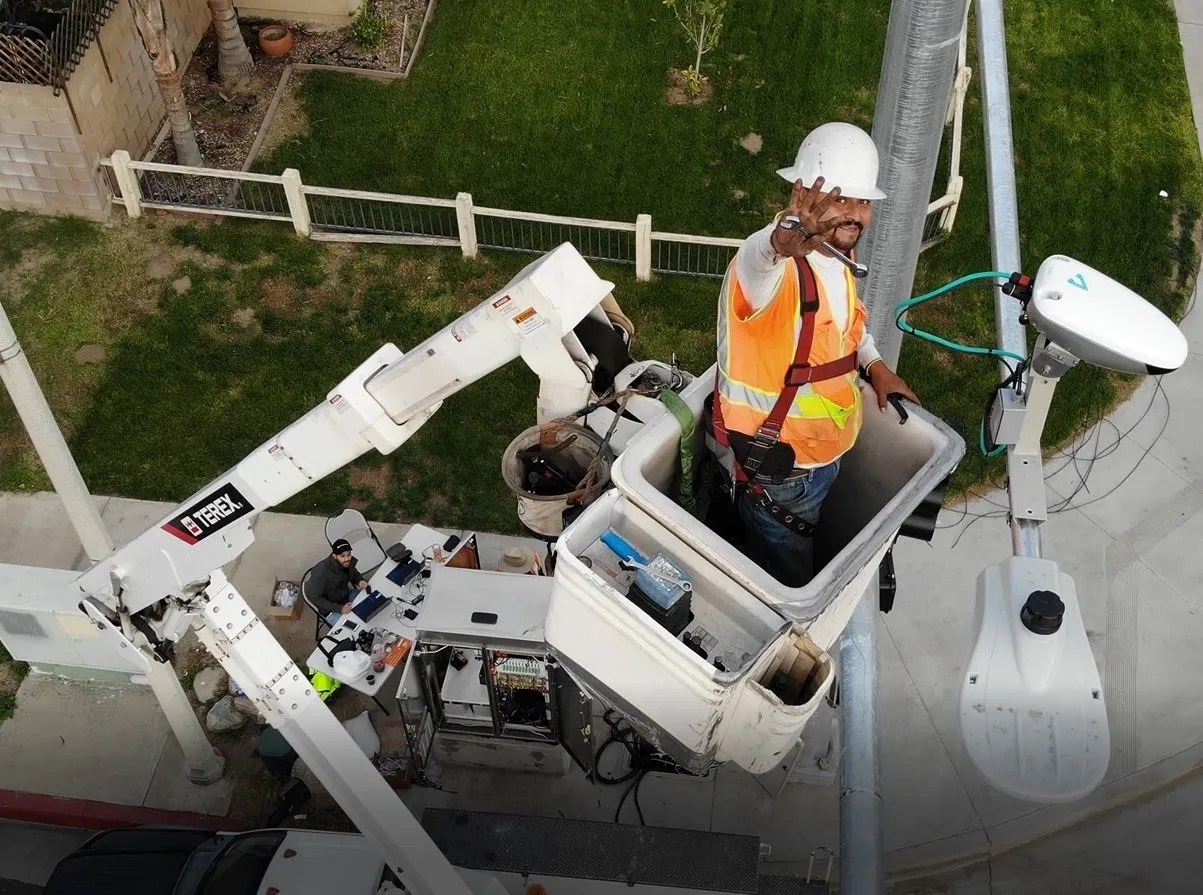
Internet of Things (IoT) platform NoTraffic is deploying its urban mobility services with Canadian traffic agencies.
The platform works with existing infrastructure, leveraging computer vision, cloud computing, Vehicle to Everything (V2X) connectivity and artificial intelligence technologies, connecting intersections to the grid.
The company has teamed up with telecoms firm Rogers Communications, and the first deployment is in Vancouver across multiple intersections and roundabouts, working with Rogers and the University of British Columbia (UBC), "to improve road coordination, safety and traffic equity".
“NoTraffic’s mission is to lay the digital foundation for urban mobility, by transforming low-tech infrastructure to support modern demands and driver expectations,” said Tal Kreisler, co-founder & CEO of NoTraffic.
“It is an unprecedented change that will, ultimately, make the world a better place to live thanks to reduced CO2 emissions, increased safety, improved traffic efficiency, and the enablement of various advanced mobility services.”
NoTraffic already works with cities and traffic agencies in the US, including in California, Arizona, Texas and Pennsylvania, and its services include emergency vehicle pre-emption and public transport prioritisation.









